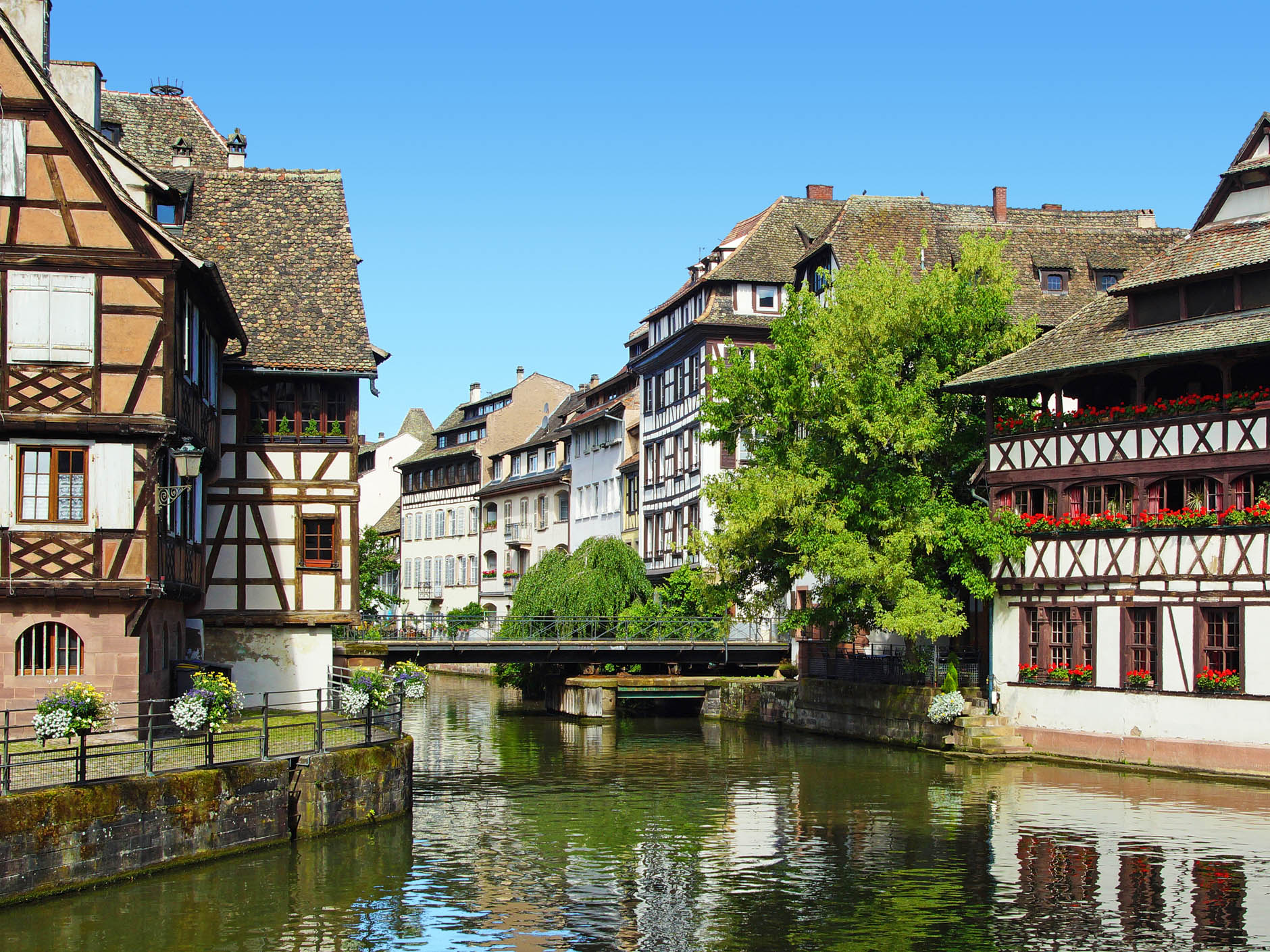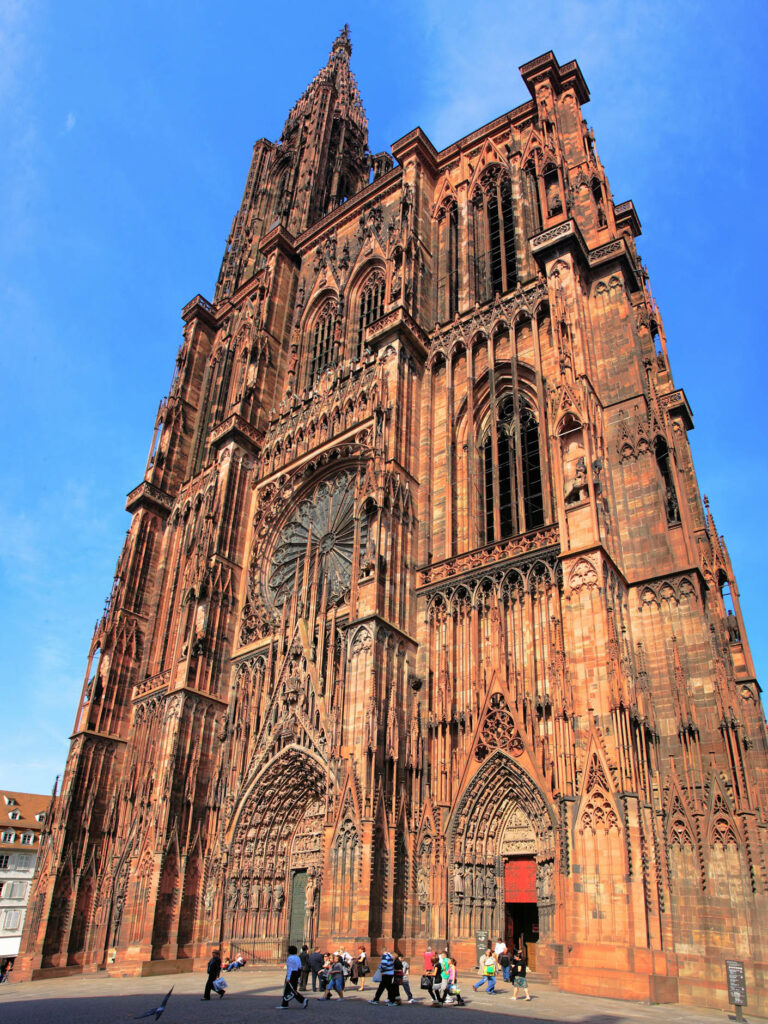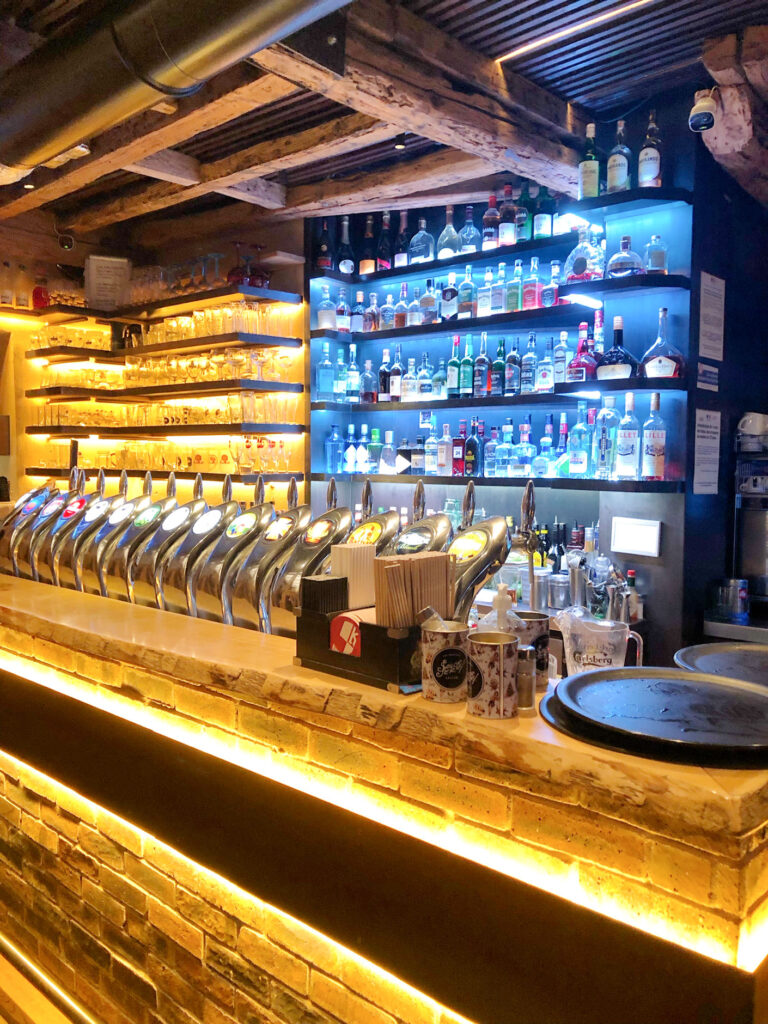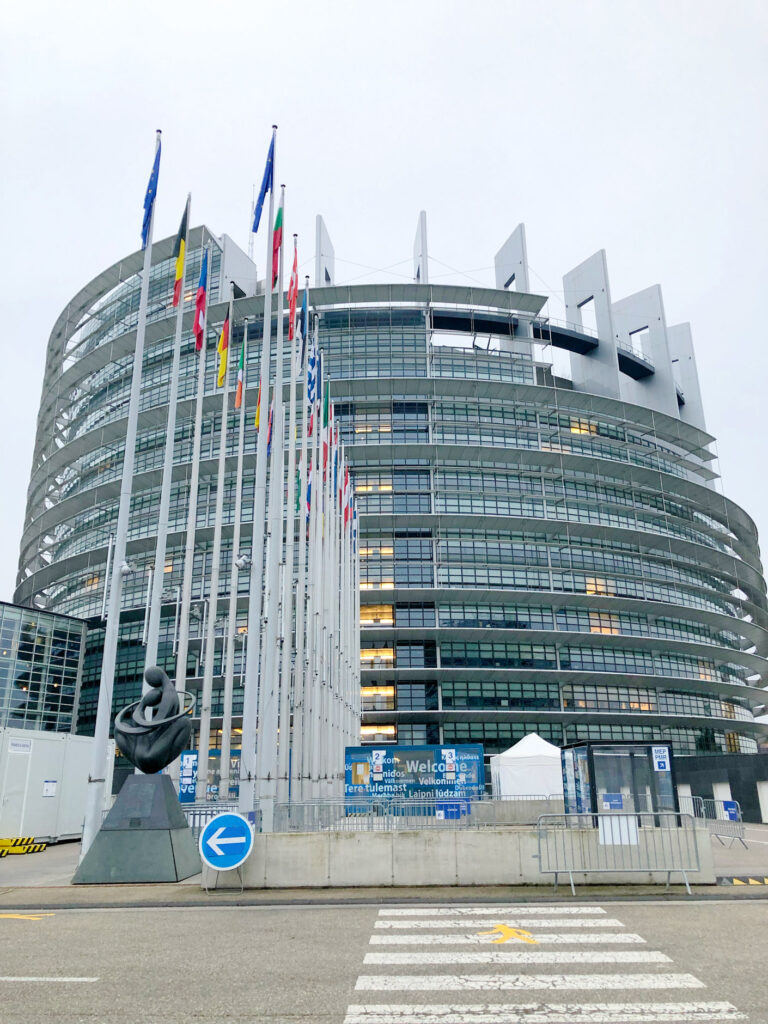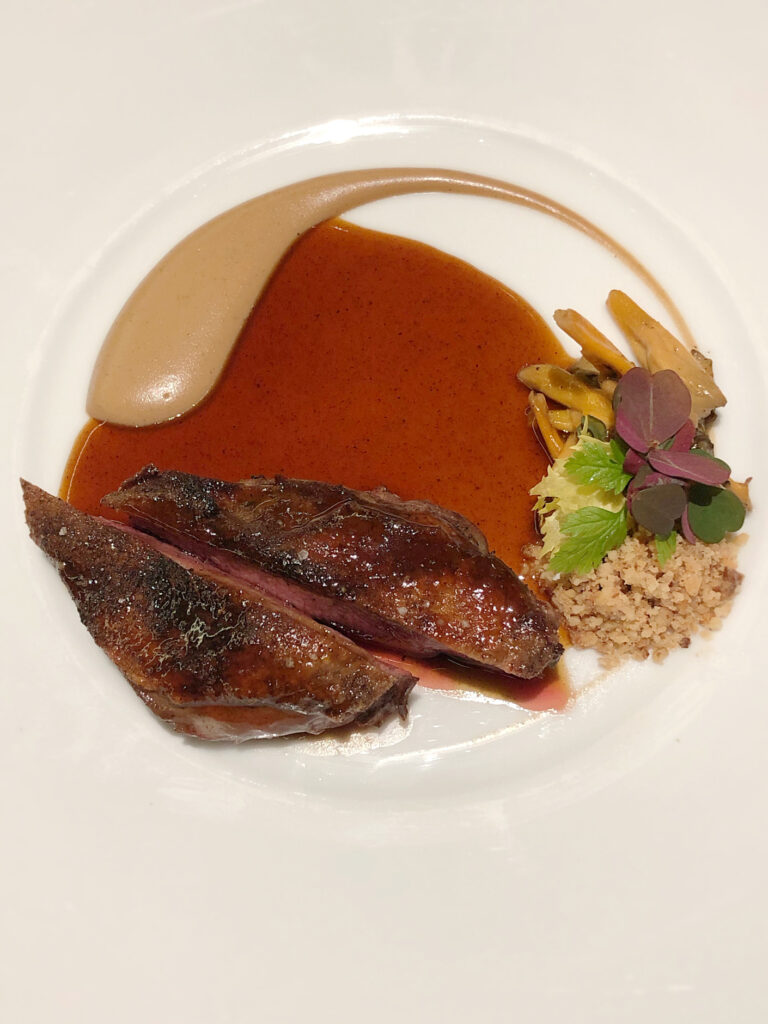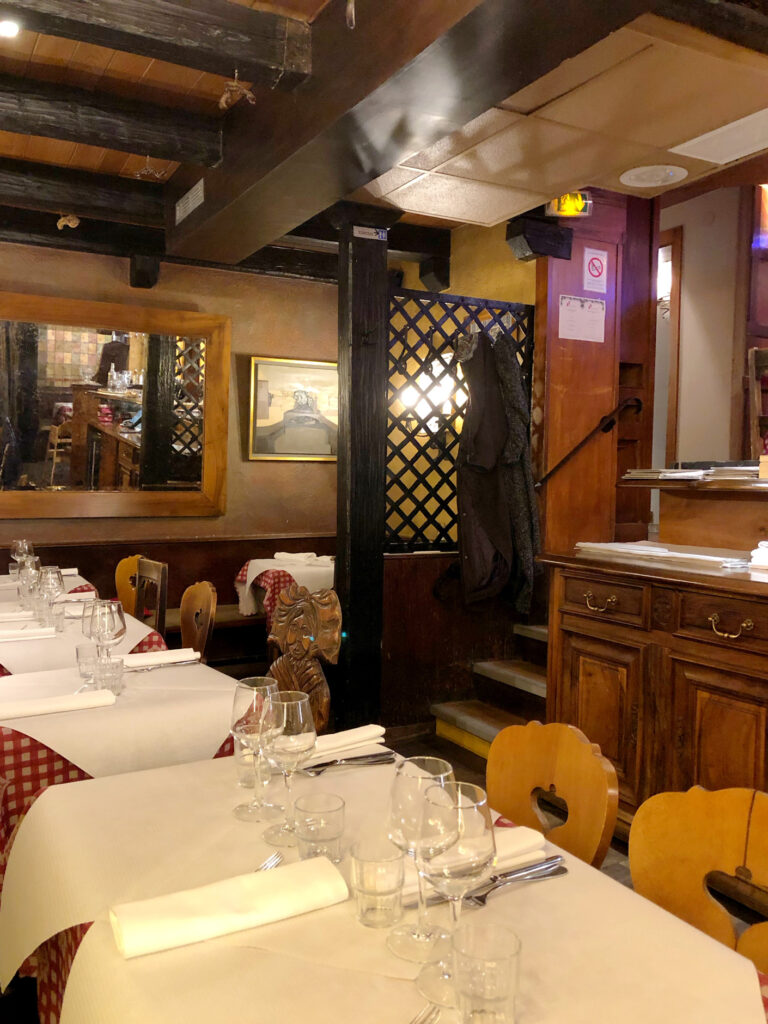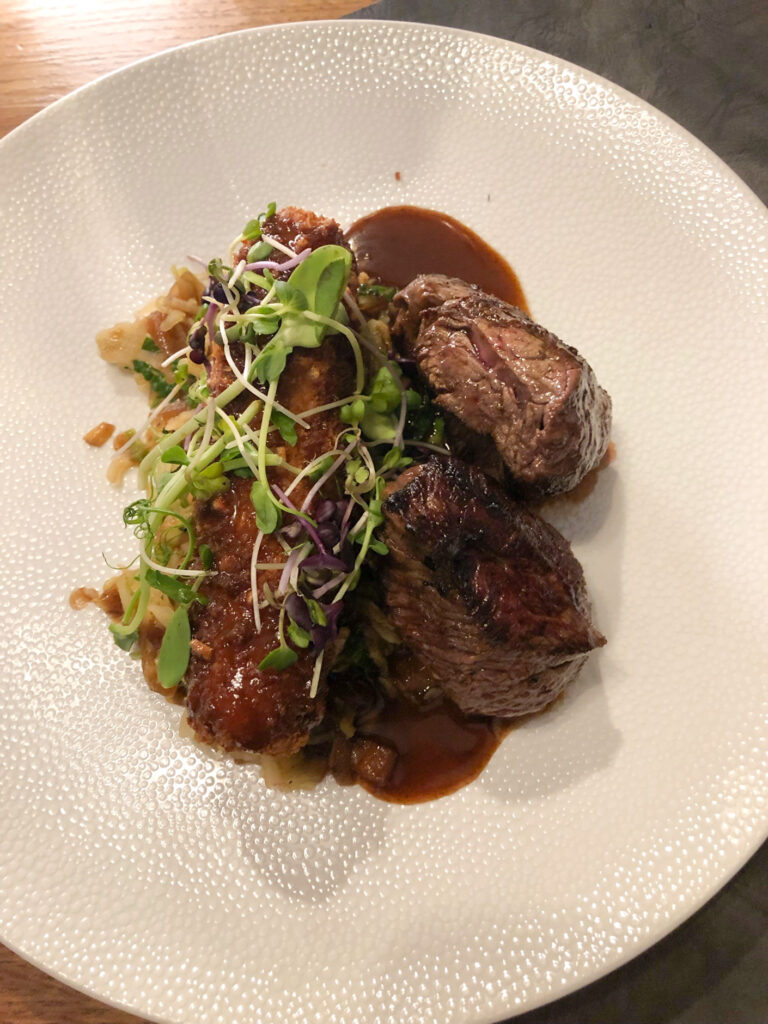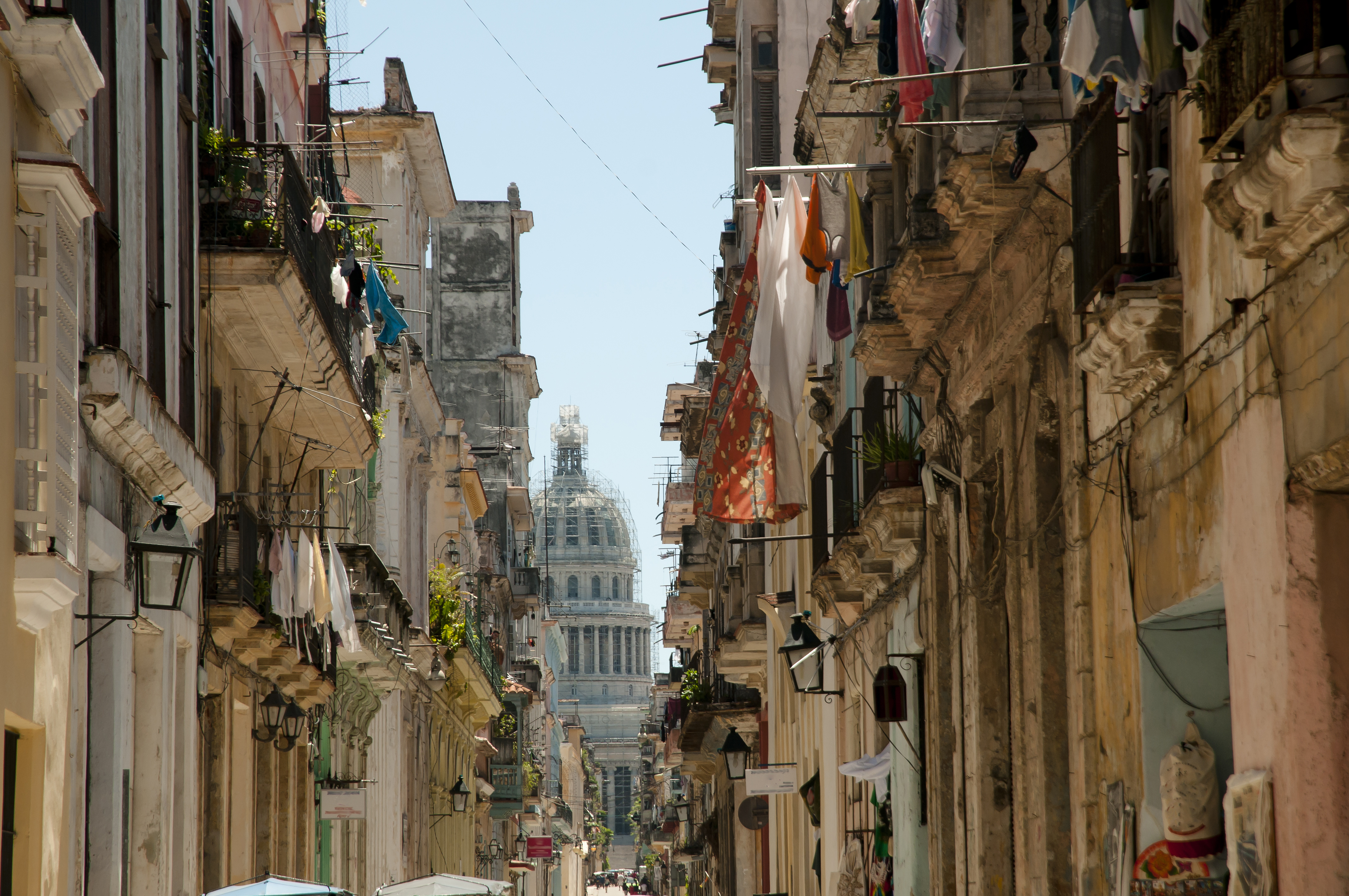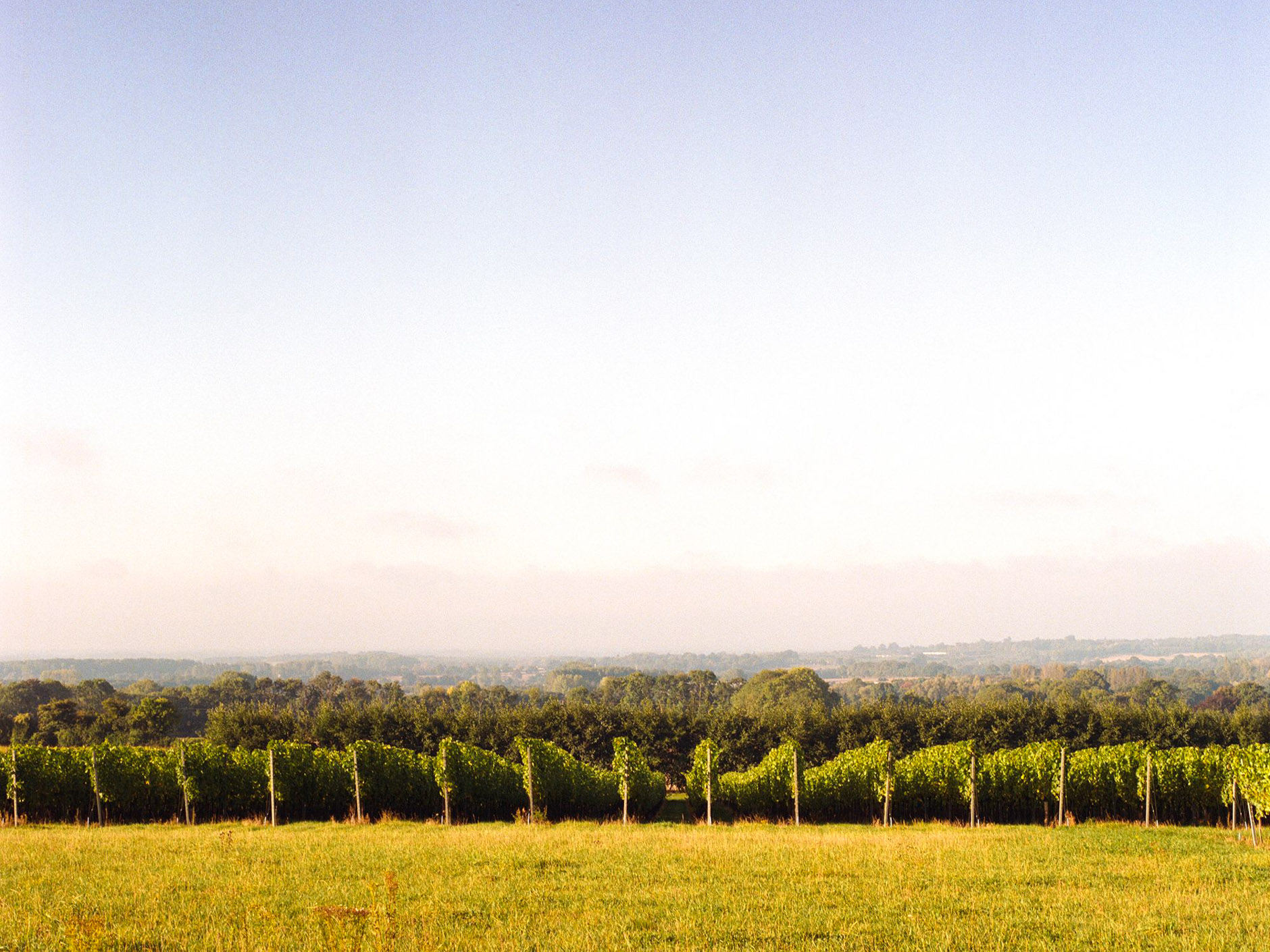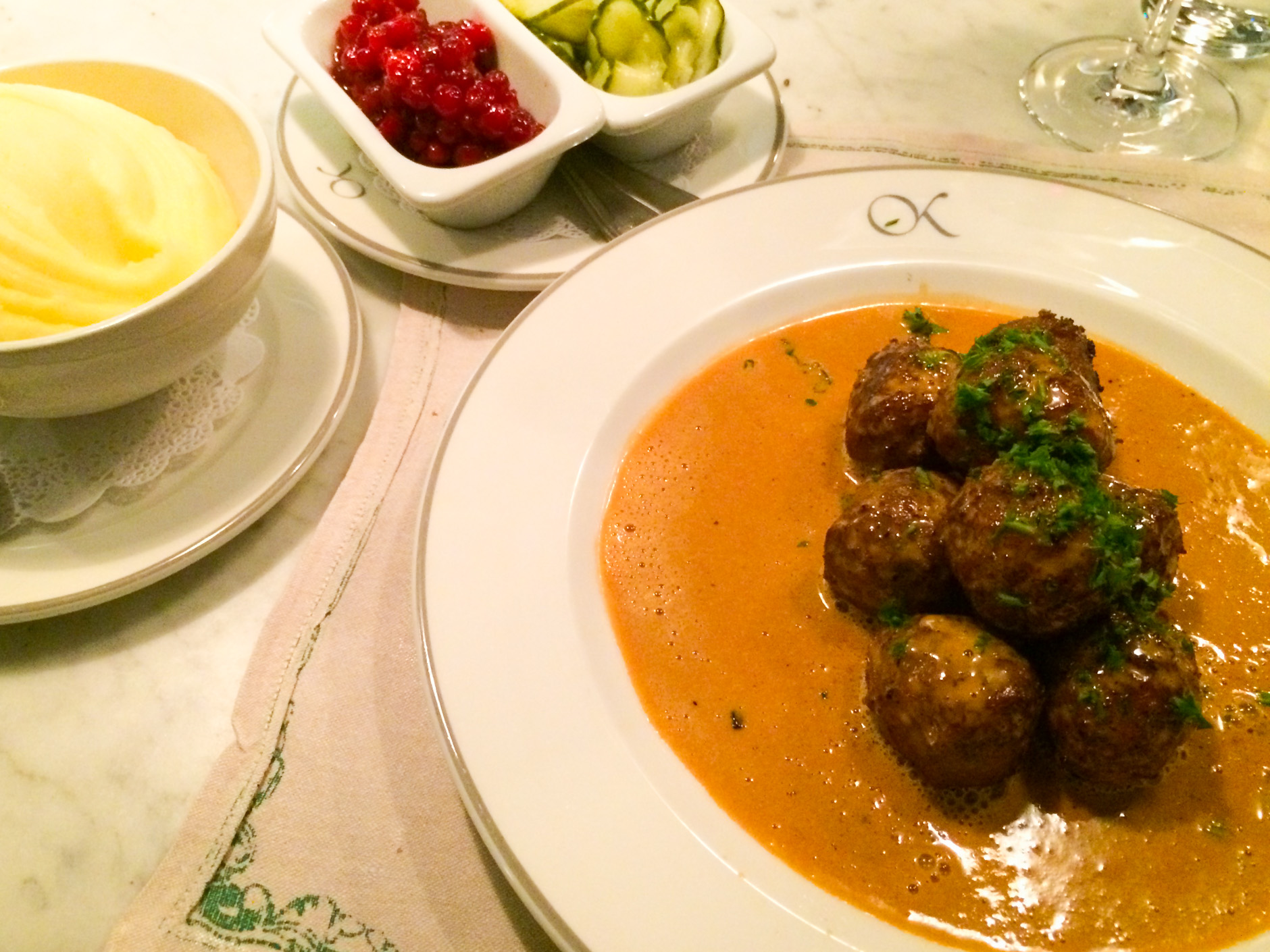Strasbourg has always been a curious blend of two cultures, having alternated between French and German rule several times in its history. Today it is very much part of the ‘Grand Est’ of France but just metres away from neighbouring German city, Kehl (indeed, if you head to the Deux Rives bridge over the Rhine you can stand on the border, with one foot in France and one foot in Germany at the same time). This cultural mélange is reflected not just in its food (which we’ll come to) but also its architecture, bilingual road signs and local patois.
Once an independent free city many moons ago, but located in a precarious position for international trade rivalries, Strasbourg unwittingly got caught up in continental wars. This is probably why after WW2 former British Foreign Secretary Ernest Bevin suggested Strasbourg should be the seat of the Council of Europe, the first session of which took place in 1949. Fortunately, the British flag still flies outside the Council of Europe’s HQ as we are still a member; sadly, the same isn’t true of the EU’s Parliament across the road, for reasons we don’t need reminding of. To take a look yourself, the ‘European Quarter’ can be reached easily from the centre of Strasbourg by tram or on a boat trip. One of Strasbourg’s finest restaurants, Le Buerehiesel, is not far away (see further below).
Within the centre of the self-proclaimed “capital of Europe”, the impressive Notre-Dame cathedral casts its shadow over the city. This gargantuan church was once the tallest building in the world before it was eclipsed by the cathedrals in Hamburg, Ulm and Cologne. Nevertheless, this Gothic wonder is a must-see and, for the more energetic, it is possible to climb all 330 steps to the top for breathtaking views. For the slightly less energetic, stay on the ground floor and be sure to check out the astronomical clock. Or simply walk round picturesque Petite France to soak up the unique fairytale ambience of the cobbled streets and timber-framed buildings.
And for history and art buffs, there are at least ten museums in Strasbourg, from the Museum of Alsatian Life to an excellent modern art museum (locally known as “MAMCS”).
But all that tourism requires sustenance, especially if visiting in winter. Here we set out Palate’s food and drink recommendations in this lovely city.
Where to drink
Due to Strasbourg’s proximity to Germany (and once being part of it), it’s no surprise that it can be a beer-centric city. The aptly-named L’Academie de la Bière was founded in 1986 in La Petite France area but has now expanded to four sites, all of which sell an array of craft beers and continental lagers in a typical pub-like atmosphere. This mini-chain is popular with the local students knocking back the tequila-flavoured (and frankly awful) Desperados. The same local brewery also makes the more traditional Fischer’s.
Strasbourg now has a burgeoning cocktail bar scene too. When I last visited Strasbourg 10 years ago, the Negroni craze hadn’t yet taken off, but now the Italian aperitif is ubiquitous. Le Douanier make a lovely barrel-aged version using G’Vine Nouaison for its gin (a gin made with a distillate of Ugni Blanc grapes, similar to Cognac).
Speakeasy bars are also having a moment in Strasbourg. A stone’s throw from the cathedral is Code Bar: it can be a bit of a tight squeeze in what feels like a stationery cupboard but mixologists Maxence and Fredo are making some ambitious cocktails here, whilst being well-versed in the classics. Some of their more “exceptionnel” cocktails may necessitate an emergency call to your bank though, such as “Le Géant” which is a mere 440 Euros (made with Cognac Louis XIII, 20 year aged Muscat d’Alsace and black truffle).
Similarly, over at Aedean Place there’s a secret bar with a rather ludicrous entrance hidden in the wall at the back of the pizzeria. I spent about 10 minutes trying to find the door handle but once inside it seemed half of Strasbourg was in on the secret. It was good to see a place so buzzing post-lockdown, everyone with their pass sanitaire of course.
And of course if visiting for the legendary Christmas markets, a warm glass of glühwein is mandatory.
Winstubs, tarte flambée and choucroute (or, “the joy of beige food”)
There’s no denying that traditional Alsatian cuisine leans towards carbs and protein (specifically the piggy kind). But this comforting, energy-providing cuisine is necessary when the Vosges mountains don’t provide enough shelter from the biting wind in winter. A trip to Strasbourg isn’t complete without stuffing oneself on spätzle in a traditional ‘winstub’.
And then there is tarte flambée (aka flammekueche): perhaps the pioneers of the ‘bottomless’ concept, many places constantly replenish these wafer-thin flatbreads until you say stop. A little like pizzas, there can be a variety of toppings but the best is probably still the original lardon, crème fraîche and onion combo.
For a masterclass in beige food, head to Le Tire-Bouchon. This is one of Strasbourg’s oldest restaurants serving food that is, in their own words, “façon grand-mère.” When you walk in you’re greeted with the scent of melting cheese and immediately asked if you have a reservation (booking is highly recommended – I observed many disappointed walk-ins being turned away whilst families tucked into vast platters of sausages, bacon, pork knuckles and sauerkraut). The pork cheeks in Pinot Noir with pomme purée are especially good here.
Maison des Tanneurs, ensconced in the waterways of La Petite France, is particularly romantic. Here you can enjoy a delicious Coq au Riesling or magret de canard in candlelight. Nearby, La Corde à Linge has an outdoor terrace so you can take in those wonderful riverside views.
Modern bistronomy
Whilst the prevalence of sausages and sauerkraut feels rather Germanic, the modern ‘bistronomie’ movement is most certainly French. I’ve often harped on about how in Paris decently-priced bistros serving food beyond the steak frites staples are vanishingly rare (though that is changing – see our review of Le Saint-Sebastien and our guide to Pigalle, for example). In Strasbourg there is plenty of choice for modern French cuisine at a sensible price point and all a welcome break from all the choucroute.
La Brasserie des Haras, located in a former stud farm and horse-riding school, is one such place and has the advantage of being one of the few places open in Strasbourg on a Sunday night. It’s a vast yet casual restaurant serving the likes of lobster risotto and roast capon from an iPad menu, all centred around a showpiece kitchen and impressive spiral staircase.
Over at minimalist Le Banquet des Sophistes, chef Nicolas Koffel takes an unfussy approach to modern cuisine, aided by a locally-leaning wine list. The regularly-changing menu is on a single blackboard, with roughly about three choices for starters, mains and desserts, and a tasting menu option. On this visit I was impressed by a duck dish with sweetcorn purée and chillis (rarely seen in French food), and a delicious piece of lean beef fillet presented with a potato and béarnaise croquette, providing an interesting twist on a classic steak accompaniment.
High-end cuisine
Owing to tourism and the steady footfall of diplomats, Strasbourg is blessed with plenty of gastronomic restaurants too. And if you’re on holiday, you owe it to yourself to have a treat.
The aptly-named Umami is a small, Michelin-starred restaurant with just 16 covers run by a husband and wife team. Chef René Fieger is particularly inspired by Asian ingredients and flavour profiles, so this is definitely worth a visit if you’re intrigued by fusion cuisine.
1741, located on Quai des Bateliers, also has a Michelin star and a quiet, genteel ambience. Only a mystery set menu is available, in either four or six courses, and matching wines. A piece of Anjou pigeon was particularly memorable on my visit, and a generous selection of amuse-bouches, though I probably had the strangest martini of my life here (oddly served in a beaker and with too much vermouth).
Last but not least, Le Buerehiesel is one of Strasbourg’s finest restaurants and former holder of three Michelin stars. Nestled in the Parc de l’Orangerie on the edge of the ‘European Quarter’ it’s slightly off the beaten track, but a trip to this oasis of calm just outside the centre of Strasbourg is worth it. Prices can be punchy – such as the frogs’ legs in crème d’Isigny at 43 Euros – but it’s a lot more affordable at lunchtime. I enjoyed the pain perdu dessert soaked in a local beer with a poached pear, though was less sure about their celeriac take on a carbonara. Also make room for the three best words in the French language: the “chariot de fromages.” Their cheese cart is legendary.
How to get there
Whilst Strasbourg has its own airport just outside of the city, direct flights from the UK can sometimes be tricky and might require an indirect route via Germany. Or (my preferred option) you can get the TGV from Gare de l’Est in Paris in just two hours. If doing the latter and in need of a pre-train pit stop lunch, I highly recommend Les Enfants Perdus near Canal St Martin. It’s just a five minute walk from Gare de l’Est, so perfectly located.
This travel guide was last updated on 1 February 2022.
Cover photo of Strasbourg and inset photo of Strasbourg Cathedral licensed by Adobe. All other photos by J A Smith.

